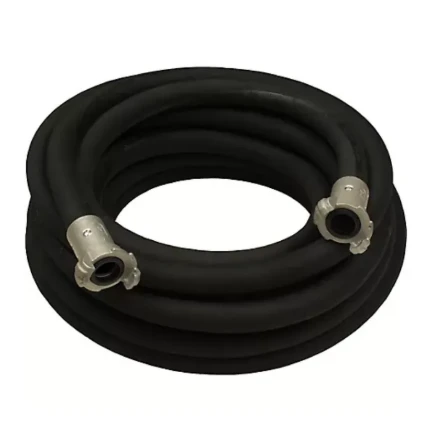
- Afrikaans
- Albanian
- Amharic
- Arabic
- Armenian
- Azerbaijani
- Basque
- Belarusian
- Bengali
- Bosnian
- Bulgarian
- Catalan
- Cebuano
- Corsican
- Croatian
- Czech
- Danish
- Dutch
- English
- Esperanto
- Estonian
- Finnish
- French
- Frisian
- Galician
- Georgian
- German
- Greek
- Gujarati
- haitian_creole
- hausa
- hawaiian
- Hebrew
- Hindi
- Miao
- Hungarian
- Icelandic
- igbo
- Indonesian
- irish
- Italian
- Japanese
- Javanese
- Kannada
- kazakh
- Khmer
- Rwandese
- Korean
- Kurdish
- Kyrgyz
- Lao
- Latin
- Latvian
- Lithuanian
- Luxembourgish
- Macedonian
- Malgashi
- Malay
- Malayalam
- Maltese
- Maori
- Marathi
- Mongolian
- Myanmar
- Nepali
- Norwegian
- Norwegian
- Occitan
- Pashto
- Persian
- Polish
- Portuguese
- Punjabi
- Romanian
- Russian
- Samoan
- scottish-gaelic
- Serbian
- Sesotho
- Shona
- Sindhi
- Sinhala
- Slovak
- Slovenian
- Somali
- Spanish
- Sundanese
- Swahili
- Swedish
- Tagalog
- Tajik
- Tamil
- Tatar
- Telugu
- Thai
- Turkish
- Turkmen
- Ukrainian
- Urdu
- Uighur
- Uzbek
- Vietnamese
- Welsh
- Bantu
- Yiddish
- Yoruba
- Zulu

ಜನ . 26, 2025 02:44 Back to list
Textile Braid Reinforced Hydraulic Hose SAE100 R3+R6


An advancement in hydraulic hose technology is the development of Hydraulic and Industrial Teflon (PTFE) Hoses. Known for their chemical and thermal resistance, these hoses are tailored for extreme thermal applications like steam conveyance and other chemical transfer processes. PTFE hoses exhibit superior longevity and unmatched compatibility with aggressive fluids, thereby preventing contamination and ensuring operational integrity. Hydraulic hose safety and system efficiency also heavily lean on the proper selection of fittings and assembly techniques. Compatibility between the hose and fittings is crucial; mismatched fittings can lead to leaks or catastrophic mechanical failures. Industry standards such as SAE (Society of Automotive Engineers) guidelines are pivotal in dictating fitting compatibility, ensuring safety and performance. Expertise in hydraulic systems underscores the significance of regular maintenance protocols and inspection schedules to identify wear or damage, fostering longevity and optimal functionality. A trustworthy practice is leveraging predictive maintenance analytics and real-time monitoring in critical hydraulic operations, thus preempting failures before they occur. Authoritative figures within the hydraulic industry, such as Parker Hannifin, Gates Corporation, and Eaton, continue to innovate hose technology, introducing new materials and improvements that enhance performance, reduce weight, and increase the lifespan of hydraulic systems. These industry leaders serve as benchmarks for quality, reinforcing trust and reliability in hydraulic solutions. Experience dictates that selecting the appropriate hydraulic hose type is not merely a matter of theoretical knowledge but demands real-world insights and systems-oriented thinking. Understanding the interplay between materials, environmental conditions, and system demands ensures the delivery of efficient and effective hydraulic solutions. In the complex landscape of hydraulic engineering, informed and precise selection leads to enhanced productivity, cost-efficiency, and safety across industrial applications.
Latest News
Steel Wire Reinforced Hydraulic Hose SAE 100 R1 / EN853 1SN S
NewsOct.17,2024
Two Layers Steel Wire Reinforced Hydraulic Hose SAE 100 R2 / EN853 2SN
NewsSep.03,2024
Textile Braid Reinforced Hydraulic Hose SAE100 R3+R6
NewsSep.03,2024
Textile Reinforced Hydraulic oil Suction Hose with embedded Steel Wire SAE 100 R4
NewsSep.03,2024
Single Wire Braid and Textile Covered Hydraulic Hose SAE 100 R5
NewsSep.03,2024
High Pressure Thermoplastic Hydraulic Hose SAE 100 R7 / EN855 R7 - SAE 100 R8 / EN855 R8
NewsSep.03,2024
Heavy Duty Four-layer Steel Wire Spiral Reinforced Hydraulic Hose SAE100R9+R10+R12
NewsSep.03,2024
Heavy Duty Multi-layer Steel Wire Reinforced Hydraulic Hose SAE100R13 SAE100R15
NewsSep.03,2024
Latest Products









